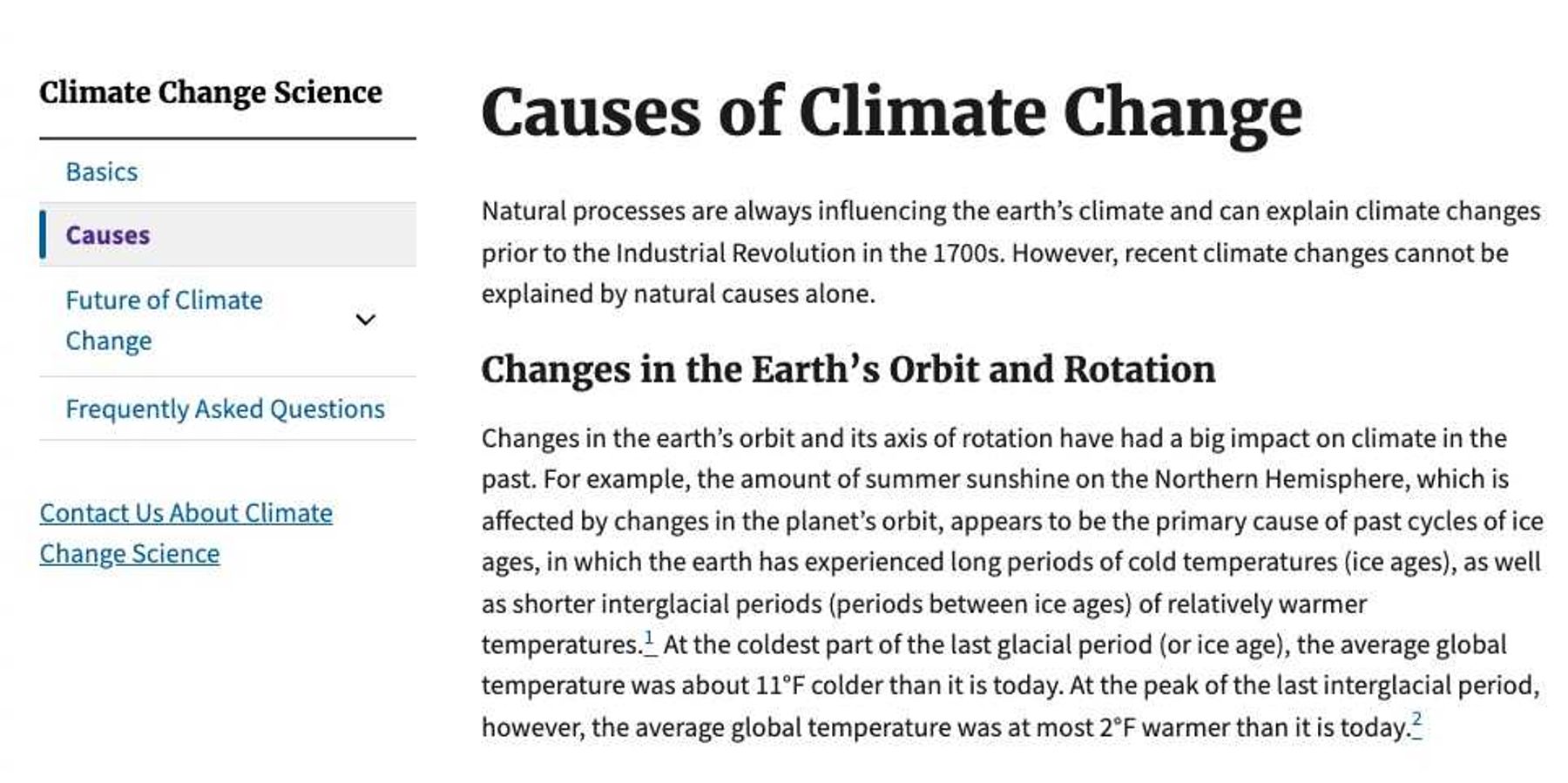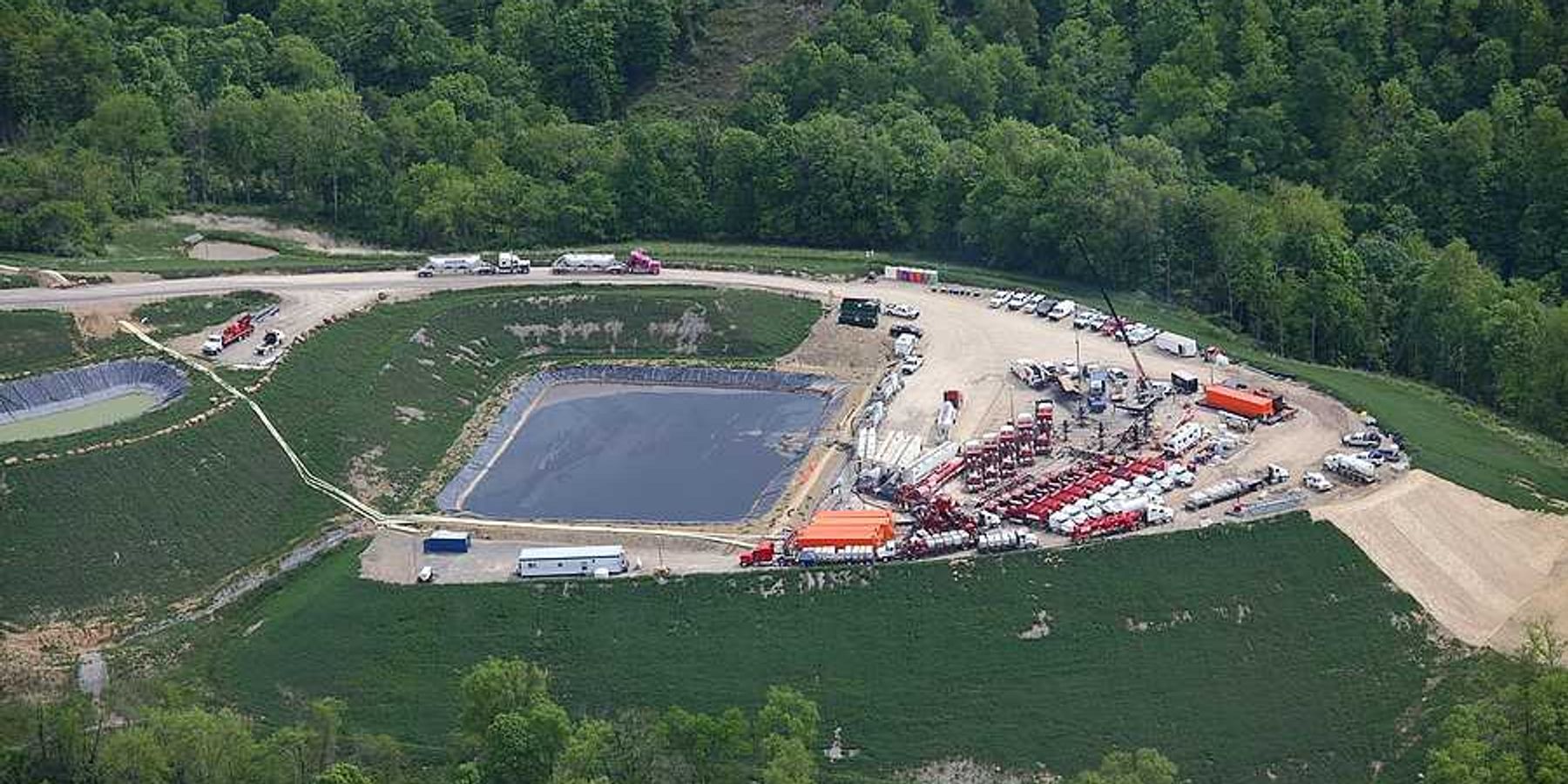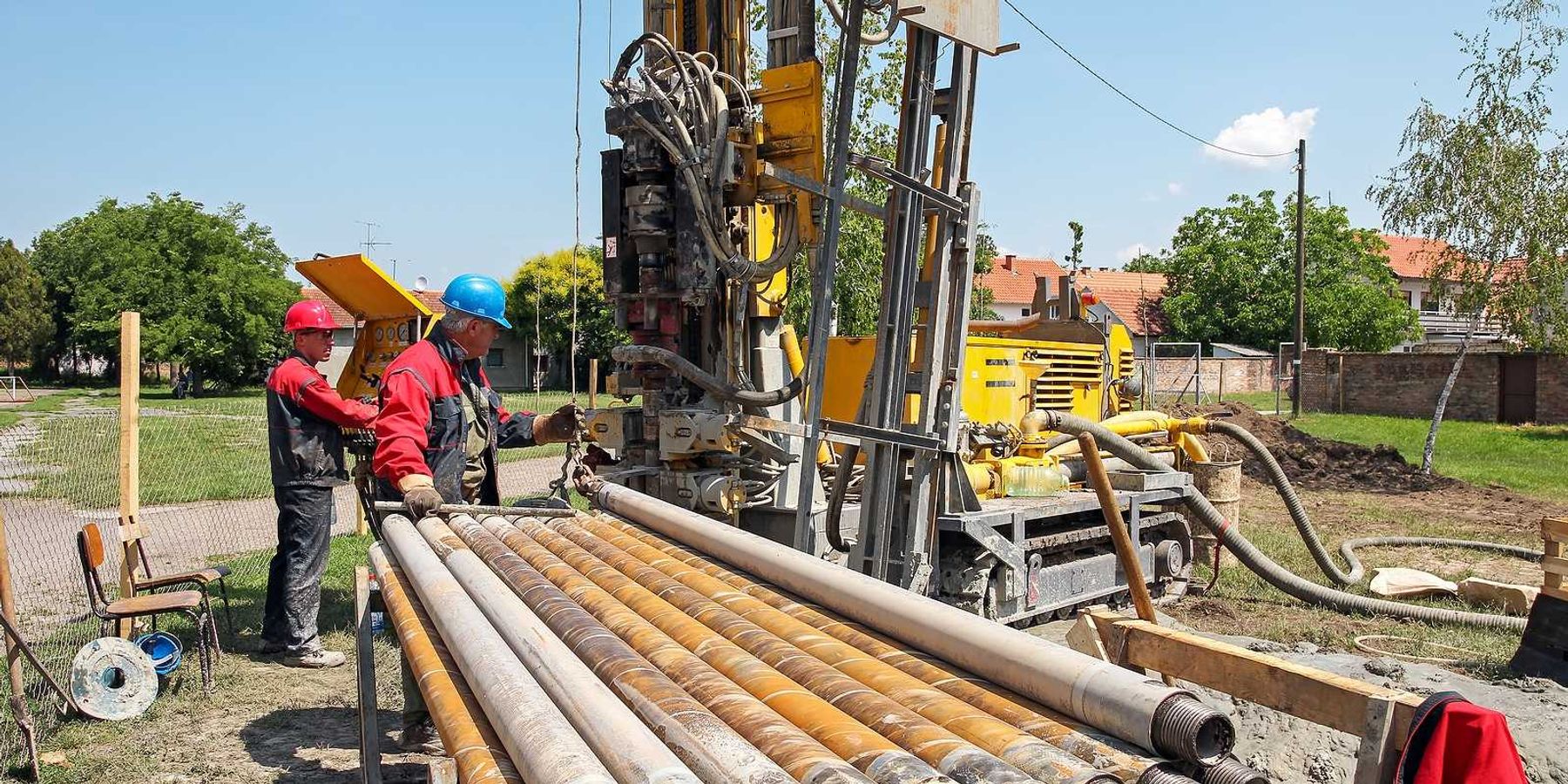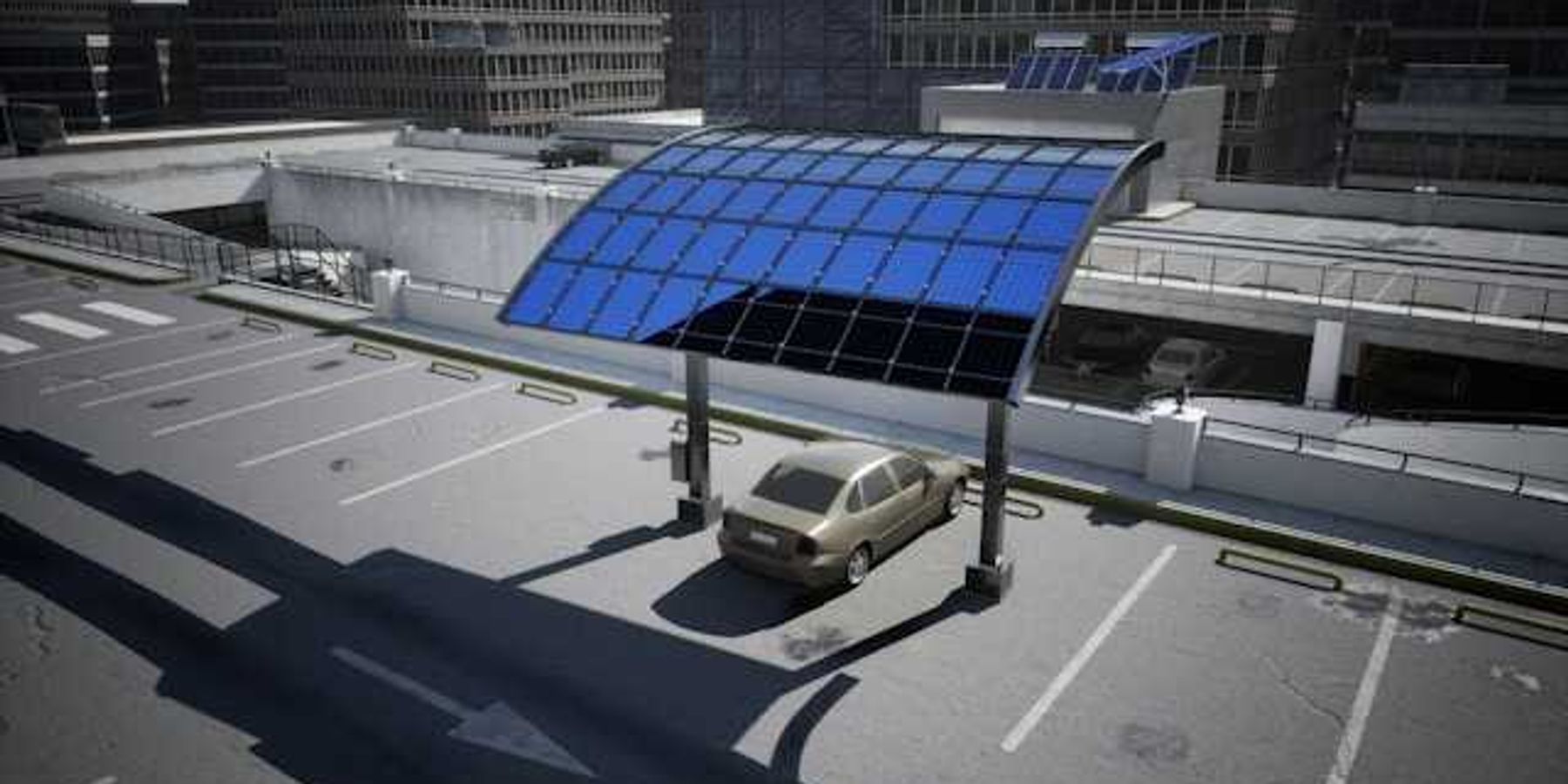
Coronavirus, climate change, and the environment
A conversation on COVID-19 with the director of Harvard University's Center of Climate, Health and the Global Environment
We all have questions about the novel coronavirus sweeping through our neighborhoods – and across the globe.
Dr. Aaron Bernstein is the interim director of Harvard University's Center for Climate, Health, and the Global Environment at the Harvard T.H. Chan School of Public Health. He's also a pediatrician at Boston Children's Hospital.
He's on the frontlines in the fight against this virus, and he's been fielding dozens of questions from patients and reporters. The Harvard Center put together a Q&A with the most common queries he's received. We've heard many of the same questions from you, our readers, and so we're republishing them here with Harvard's permission.
Harvard will update its page with more information as this rapidly developing story evolves. The U.S. Centers for Disease Control and Prevention are also continuously updating its website with the latest federal news and science about the virus.
Stay safe.
Does climate change affect the transmission of coronavirus?
We don't have direct evidence that climate change is influencing the spread of COVID-19, but we do know that climate change alters how we relate to other species on Earth and that matters to our health and our risk for infections.
As the planet heats up, animals big and small, on land and in the sea, are headed to the poles to get out of the heat. That means animals are coming into contact with other animals they normally wouldn't, and that creates an opportunity for pathogens to get into new hosts.
Many of the root causes of climate change also increase the risk of pandemics. Deforestation, which occurs mostly for agricultural purposes, is the largest cause of habitat loss worldwide. Loss of habitat forces animals to migrate and potentially contact other animals or people and share germs.
Large livestock farms can also serve as a source for spillover of infections from animals to people. Less demand for animal meat and more sustainable animal husbandry could decrease emerging infectious disease risk and lower greenhouse gas emissions.
We have many reasons to take climate action to improve our health and reducing risks for infectious disease emergence is one of them.
Does air pollution increase the risk of getting coronavirus? Does it make symptoms worse?
Given what we know now, it is likely that people who are exposed to more air pollution and who smoke are going to fare worse if infected with COVID-19 than those who are breathing cleaner air, and who don't smoke.
Air pollution is strongly associated with people's risk of getting pneumonia and other respiratory infections and with getting sicker when they do get pneumonia. A study done on SARS, a virus closely related to COVID, found that people who breathed dirtier air were about twice as likely to die from the infection.
In places where air pollution is a routine problem, we have to pay particular attention to individuals who may be more exposed or vulnerable than others to polluted air such as the homeless, those who don't have air filtration in their homes, or those whose health is already compromised. These individuals may need more attention and support than they did even before coronavirus came along.
Will warmer weather slow the spread of coronavirus?
We don't yet have a sense of what the changing weather will mean for COVID-19 and so we shouldn't rely upon warmer weather to curtail transmissions.
We need to do everything we can right now to slow the spread of this disease, and that means we need to follow the advice that public health experts are telling us and practice social distancing and good hand hygiene, among other actions.
How likely are we to see infectious disease spread as a result of climate change?
Climate change has already made conditions more favorable to the spread of some infectious diseases, including Lyme disease, waterborne diseases such as Vibrio parahaemolyticus which causes vomiting and diarrhea, and mosquito-borne diseases such as malaria and dengue fever.
Future risks are not easy to foretell, but climate change hits hard on several fronts that matter to when and where pathogens appear, including temperature and rainfall patterns. To help limit the risk of infectious diseases, we should do all we can to vastly reduce greenhouse gas emissions and limit global warming to 1.5 degrees.
Why are emerging infectious diseases on the rise?
We have seen a trend of greater emergence of infectious diseases in recent decades. Most of these diseases have entered into people from animals, especially wild animals.
This trend has many causes.
We have massive concentrations of domesticated animals around the world, some of which can be home to pathogens, like the flu, that can make people sick. We also have massive concentrations of people in cities where diseases transmitted by sneezing may find fertile ground. And we have the ability to travel around the globe in less than a day and share germs widely.
But a look at the origins of COVID reveals that other forces may be in play. In the past century we have escalated our demands upon nature, such that today, we are losing species at a rate unknown since the dinosaurs, along with half of life on earth, went extinct 65 million years ago.
This rapid dismantling of life on earth owes primarily to habitat loss, which occurs mostly from growing crops and raising livestock for people. With fewer places to live and fewer food sources to feed on, animals find food and shelter where people are, and that can lead to disease spread.
Another major cause of species loss is climate change, which can also change where animals and plants live and affect where diseases may occur. Historically, we have grown as a species in partnership with the plants and animals we live with. So, when we change the rules of the game by drastically changing the climate and life on earth, we have to expect that it will affect our health.
Is the U.S. government doing enough to prevent the spread of infectious diseases? What more can we be doing?
Our elected officials and federal government should prioritize and invest more in public health. South Korea has tested 12,000-15,000 people in a day. The U.S. should be able to do the same, but we are currently unable to because of our slow response and decisions to not invest in testing capacities.
Public health funding in the U.S. in recent years has gone down substantially and efforts were made to dismantle pandemic response leadership despite the high, known risk of pandemics from emerging infectious diseases. There are fewer tangible resources and fewer experts who know how to deal with a crisis. We're in a position of playing catch up because we've underfunded the public health infrastructure that is necessary to respond to this pandemic.
We will likely spend more than a trillion dollars to try and deal with this crisis. If we chose to spend more on preventing disease in the first place, we'd likely see a much healthier population, and more prepared, resilient systems for dealing with something like COVID-19 when it happens.
A silver lining of the mess unfolding in front of us could be a stronger recognition that after-the-fact actions are not sufficient in protecting us. We know why these epidemics happen and we can do more to prevent them. We've had a few shots over the bow here – SARS, MERS, COVID, Ebola. We need to hear what nature is trying to tell us, which is clear: let's be smarter about how we do business with the biosphere and stop disrupting the climate we depend on.
What actions can we take to prevent future outbreaks?
We can make many smart investments to avert another outbreak. Federal, state, and local agencies can support public health leadership and science, we can provide more funding for needed research, early response to outbreaks, and supplies for testing. And we can do much more to control the illegal wildlife trade.
We also need to take climate action to prevent the next pandemic. For example, preventing deforestation—a root cause of climate change—can help stem biodiversity loss as well as slow animal migrations that can increase risk of infectious disease spread. The recent Ebola epidemic in West Africa probably occurred in part because bats, which carried the disease, had been forced to move into new habitats because the forests they used to live in had been cut down to grow palm oil trees.
Rethinking our agricultural practices, including those that rely on raising tens of millions of animals in close quarters, can prevent transmissions between animals and spillover into human populations.
To combat climate change, we need to drastically decrease our greenhouse gas emissions from fossil fuels like coal, oil and natural gas. Generating electricity from low-carbon energy sources like wind and solar decreases harmful air pollutants such as nitrogen oxides, sulfur dioxide, and carbon dioxide that lead to more heart attacks and stroke as well as obesity, diabetes, and premature deaths that put further strains on our health care systems.
Reducing air pollution also helps keep our lungs healthy, which can protect us from respiratory infections like coronavirus.
When COVID-19 eases, and we are ready to restart our economy, we can make our workforce healthier and more climate-resilient through scaling-up our investments in low-carbon technologies.
Climate change and global health policy are largely treated as separate issues by the public and media. Do we need to adjust our thinking?
Yes. The separation of health and environmental policy is a dangerous delusion. Our health entirely depends on the climate and the other organisms we share the planet with. We need to bring these communities together. Some progress has been made in addressing the risk of pathogen spillover from animals into people.
But largely we still view the environment, and life on earth, as separate.
We can and must do better if we want to prevent the next infectious pandemic. That means we must combat climate change and do far more to safeguard the diversity of life on earth, which is being lost at a rate not seen since the dinosaurs—and more than half of life on earth—went extinct 65 million years ago.
COVID-19 is killing people now and climate change is killing people now. The scale of actions to combat them are starkly different. Why?
Infectious diseases are scary because they are immediate and personal. They radically and rapidly change how we lead our lives, and they are an immediate threat to our friends and families. They hit all of our "go" buttons.
Climate change seems, to many, an armageddon in slow motion and its dangers can feel impersonal and its causes diffuse. It's easy to think "I didn't cause this" or that "it doesn't directly affect me." But there's another way to look at it. Like COVID-19, if you're concerned about climate change, you can take actions right now to improve your health and the health of your friends and loved ones.
We can learn from this pandemic that people are motivated by the personal and the actionable. At Harvard, our research shows that the actions we need to combat climate change are the same actions we need to make people healthier right now, especially for diseases causing huge burdens on our health like obesity, heart disease, and cancer.
We need to do much more to talk about the "burden of disease" that's preventable, and the things we can do now to prevent it.
Further reading
More news about coronavirus and the environment can be found here on Harvard University's Center for Climate, Health, and the Global Environment website.













